School buses qualify for a lot of incentives to go electric, but are the vouchers and grants enough to make a difference when many school districts struggle to keep the vehicles they have road worthy?
OK, so school buses are not hauling the freight we usually write about. But they carry precious cargo — our kids. And statistics show they are 19 times safer than traveling by car.
“If safety’s really important, then let’s buy more brand new buses,” said Matt Essex, regional sales representative for BusWest, a division of Velocity Truck Centers and seller of Thomas Built Buses from Daimler Truck North America (DTNA).
Nice idea, but like heavy-duty trucks that run on batteries instead of diesel, electric buses are prohibitively more expensive than diesel-powered ones. CARB knows this and has been providing incentives to clean up the state’s share of the nation’s 480,000 school buses for nearly two decades.
“It all really started here because we have the most grant funding out of every state,” Essex said. “California has more than 1,000 electric school buses. The rest of the county combined has less than that.”
Buses were the first vehicles to get serious attention from the California Air Resources Board (CARB).
When the board passed the Clean Fleets Rule in April, it forbade bus manufacturers from selling diesel or compress natural gas-powered buses after Jan. 1, 2024. That leaves electricity and gasoline as the only fueling options.
Gasoline? Isn’t CARB banning gasoline-powered cars after 2035? Yes, but school buses used for field trips often exceed the distance a single electric charge would provide. And existing diesel and CNG buses will be on the road for many years to come.
The money flows in
The state legislature approved $1.5 billion in local educational grants to replace older school buses over the next five years. At a cost of about $400,000 each, that‘s fewer than 400 zero-emission buses. Hundreds of millions more is earmarked from the California Energy Commission and other state set-asides.
“These are a lot more expensive than the diesels, so we need a lot of money,” Essex said. “It’s still a lot more than a school district is used to paying because now they’re got to come up with about $250,000 and they’re used to paying $125,000.”
Two dozen electric-powered school bus models are eligible for grants in the current Hybrid and Zero Emission Truck and Bus Voucher Incentive Project (HVIP). The Thomas Built electric Jouley, which DTNA showed during a media event at Angels Stadium before the recent Advanced Clean Transportation Expo in Anaheim, can get a $140,250 to $375,000 spiff.
A play for Proterra
The battery pack for the Jouley comes from Proterra Inc., the electric bus manufacturer that has been around since 2004. Daimler relies on Contemporary Amperex Technology Co. Limited (CATL) for batteries for its medium- and heavy-duty freight trucks, Thomas Built buses and Freightliner Custom Chassis Corp. (FCCC) products use Proterra. DTNA is a Proterra investor.
“We love their battery technology,” Nick Rini, FCCC engineering director, told me at the DTNA media ride-and-drive. “They’ve got as much or more experience in heavy-duty electric vehicles as anybody. They’ve got millions and millions and millions of miles of field experience. This is just a great match from a partnership standpoint.”
Proterra is moving its battery pack-making operations from Burlingame, California, to its new Powered 1 plant in Greer, South Carolina. The Jouley is assembled three hours north in High Point, North Carolina. The FCCC MT50e is produced 45 minutes northeast of Greer in Gaffney.
“Certainly, there’s an advantage from a logistics standpoint,” Rini said. “We expect the same level of battery and quality that we’ve been getting the whole time. Their facility is absolutely state of the art.”
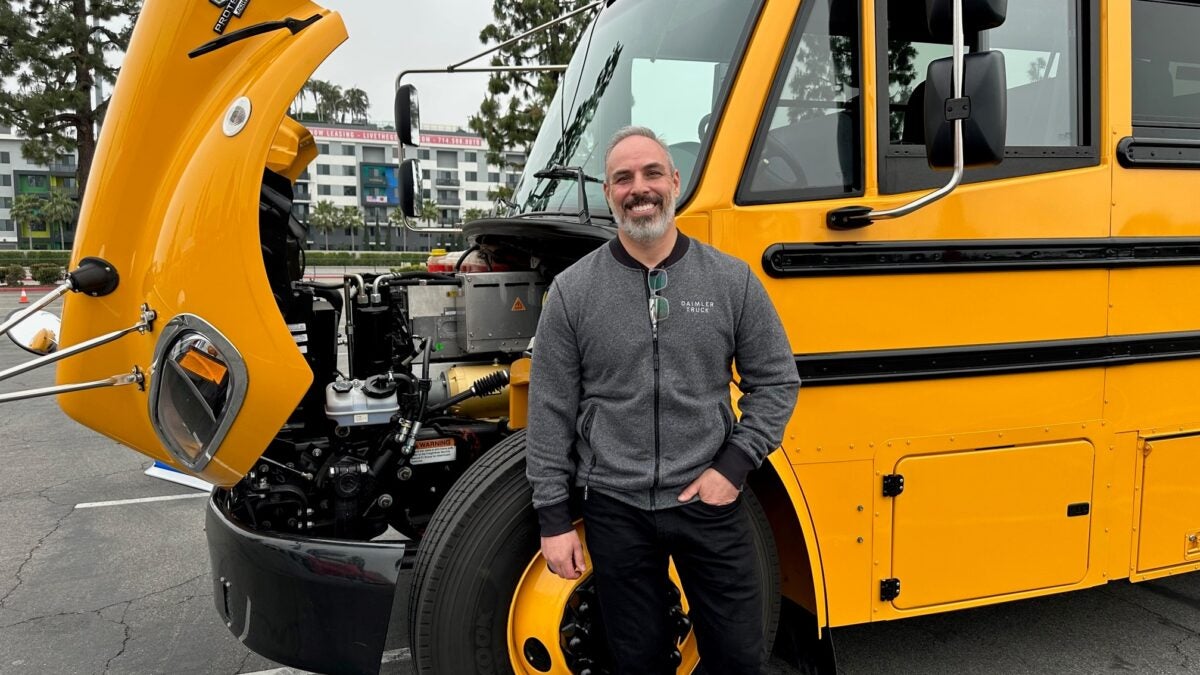
Can you see me now?
Ever try taking a photo in the rain? Doesn’t come out so good, does it? The same holds true for cameras and lidars seated in long-range sensors on autonomous trucks.
Aurora Innovation is using its Air Knife sensor cleaning system to prevent moisture and debris from building up on its sensors’ lenses. Each sensor is equipped with special nozzles that blast a combination of high-pressure air and washer fluid across their surface. That completely cleans each lens in milliseconds.
Seeing crummy weather is only part of the job. The Aurora Driver’s perception system constantly assesses the range and quality of the data its sensors record. Depending on what it finds, the Aurora Driver contacts the Command Center where it gets instructions to continue at normal speed, slow down or, in the case of really nasty weather, pull over and wait out a storm.
A good human driver would do the same thing, even if it meant a few minutes ticking down on the day’s Electronic Logging Device record.
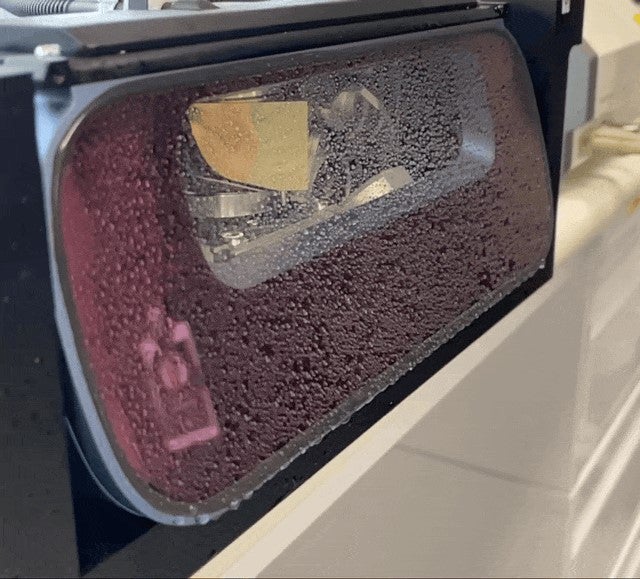
Building a Mack Anthem brick by brick
A few weeks back, we showed you a pile of Lego bricks destined to become a full-size Mack Anthem Class 8 truck in Brisbane, Australia.
Well, it really happened. And if you’re curious how many bricks it took, try 1 million, give or take. This is one for the Guiness record book.
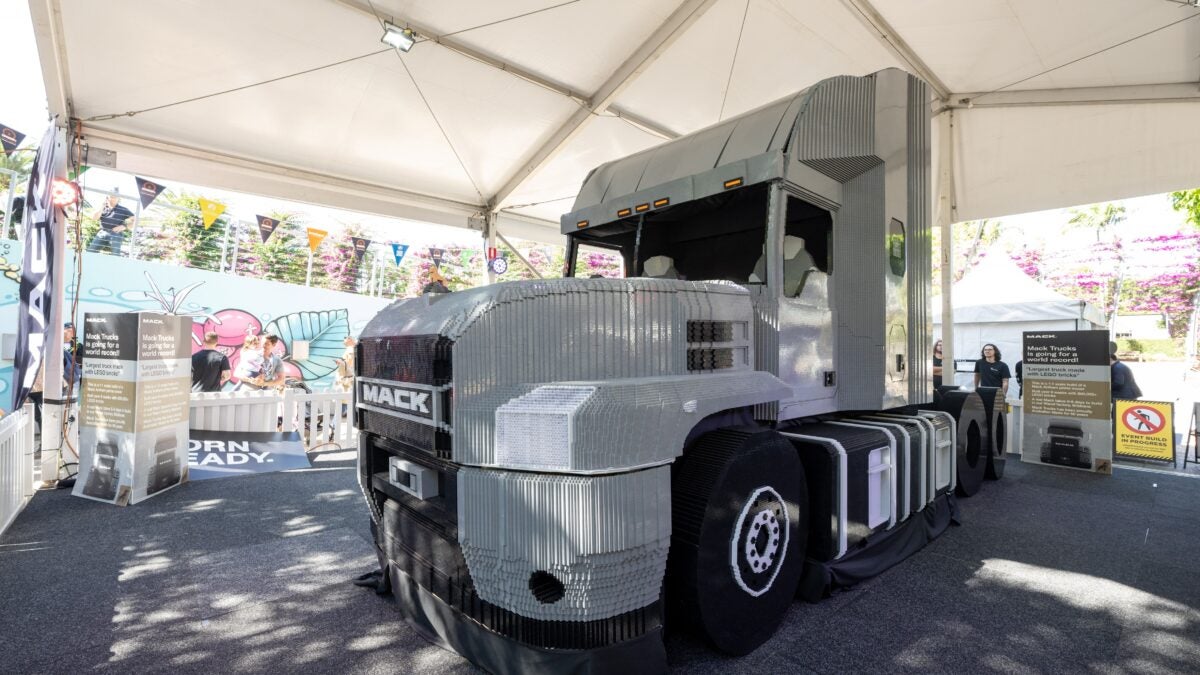
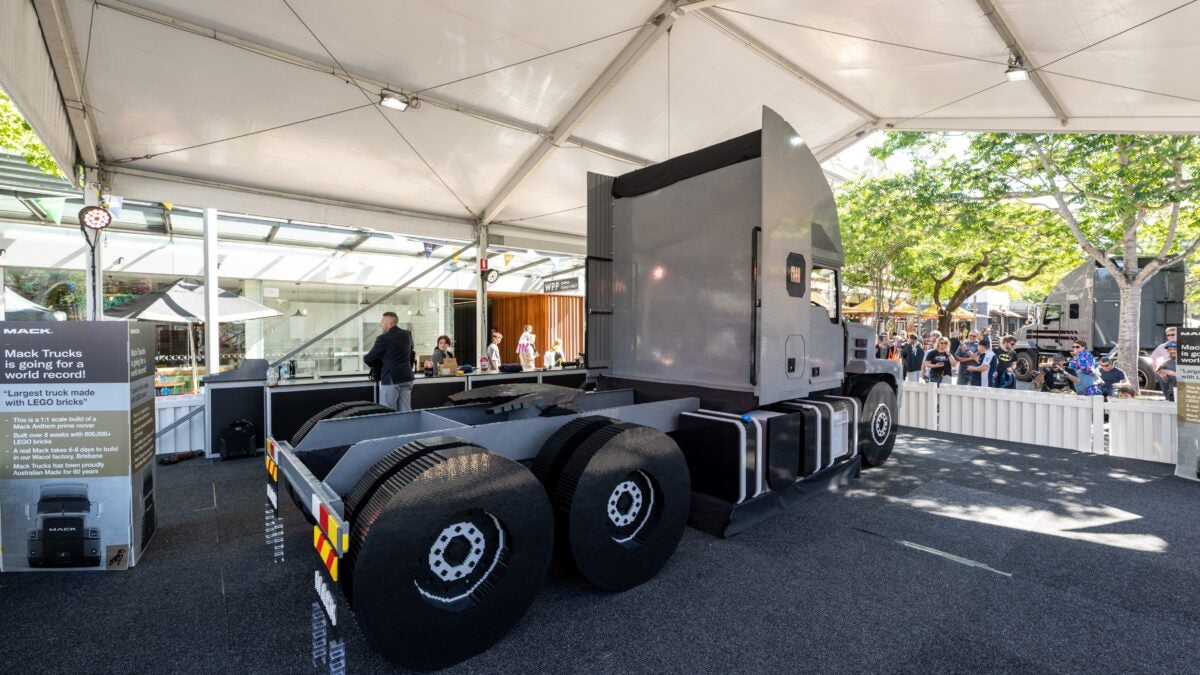
The project took about two months. A real Mack Anthem takes eight days to build in the company’s Wacol factory in Brisbane.
Why such a tribute?
“Mack Trucks are iconic and have a loved cult following,” brick builder Ben Craig said. “I spend a lot of time on the road and no other truck has the same appeal as a Mack Truck.”
The final piece of the build — a Mack bulldog — was added to the creation last Friday.
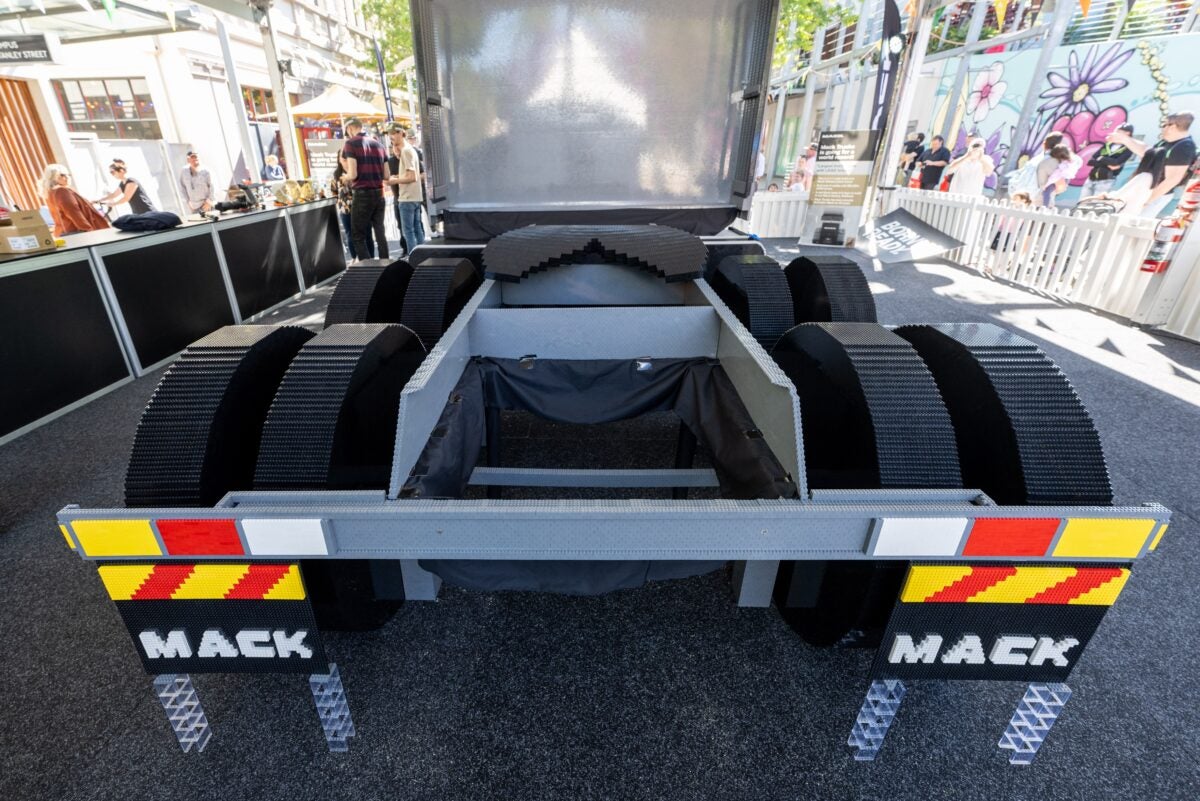
Briefly noted…
Digital freight network Convoy will collaborate with Volvo Autonomous Solutions to secure autonomous freight capacity for customers once it becomes available on select routes in Texas.
About 150 of the 300 layoffs announced last week by TuSimple will be in the autonomous trucking software’s San Diego headquarters, the San Diego Union Tribune reported.
Cummins is paying about $153 million for two commercial vehicle exhaust plants from Faurecia. It is Cummins’ third acquisition in 15 months including the $3.7 billion deal for Meritor.
Volvo Group is claiming the largest electric truck order to date — up to 1,000 units over seven years by Swiss building solutions provider Holcim.
Canada’s Loblaw Companies Ltd. intends to purchase five Class 8 zero emissions Kenworth T680 hydrogen fuel cell electric vehicles powered by Toyota fuel cell technology.
Tier 1 supplier ZF will begin production this fall of its PowerLine 8-speed automatic transmission. The new line is part of the $200 million investment in the company’s Gray Court, South Carolina, manufacturing facility.

That’s it for this week. Thanks for reading. Click here to get Truck Tech via email on Fridays. And watch Truck Tech on FreightWavesTV at 4 p.m. EDT Wednesdays.
Next week’s scheduled guest is Ali Javidan, founder and CEO of Range Energy, which is exploring the benefits of electrifying trailers. How does the additional weight of an electrified trailer balance fuel savings with less cargo-carrying ability?
Future of Supply Chain
JUNE 21-22, 2023 • CLEVELAND, OH • IN-PERSON EVENT
The greatest minds in the transportation, logistics and supply chain industries will share insights, predict future trends and showcase emerging technology the FreightWaves way–with engaging discussions, rapid-fire demos, interactive sponsor kiosks and more.
[ad_2]
Source link













